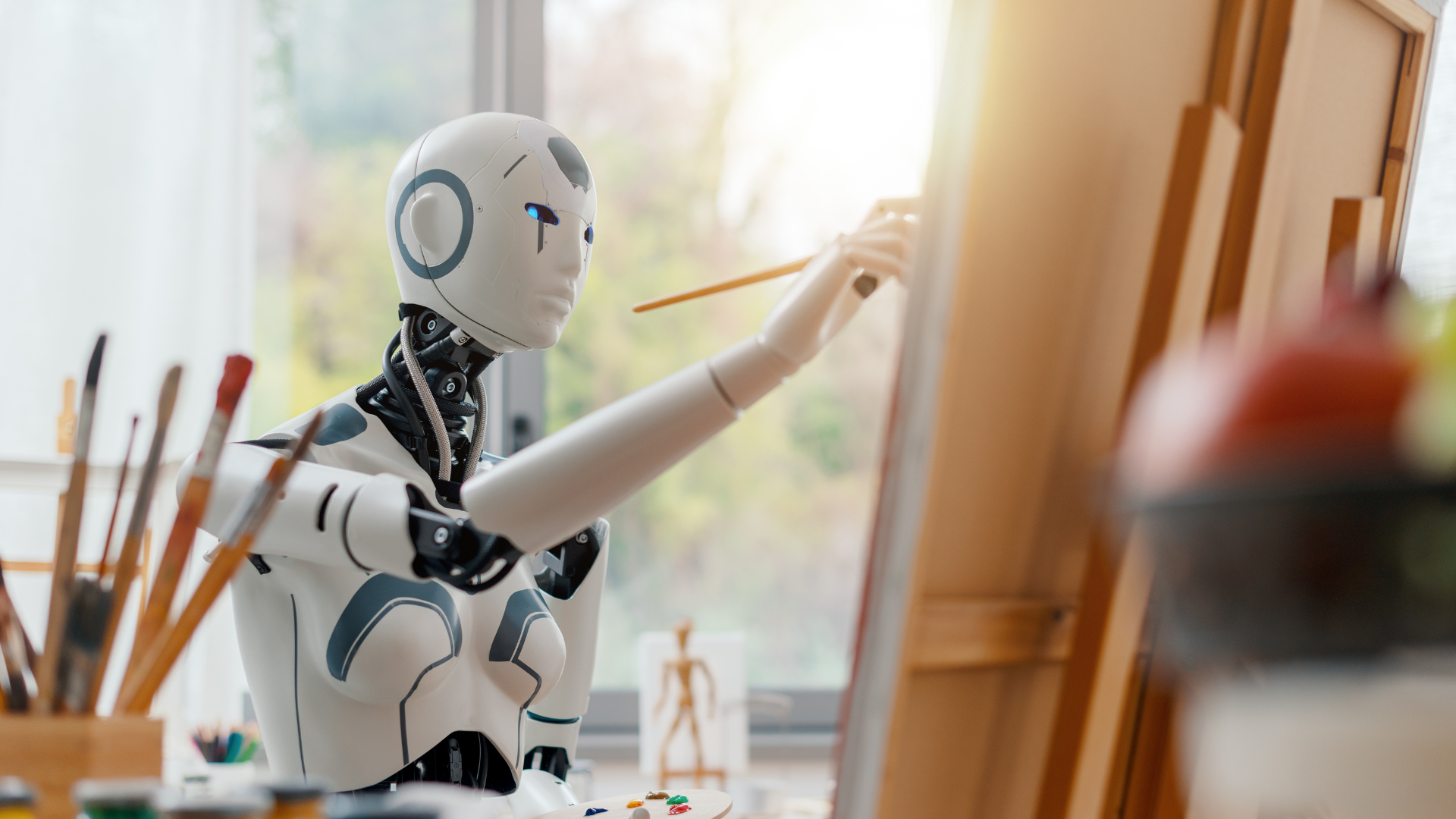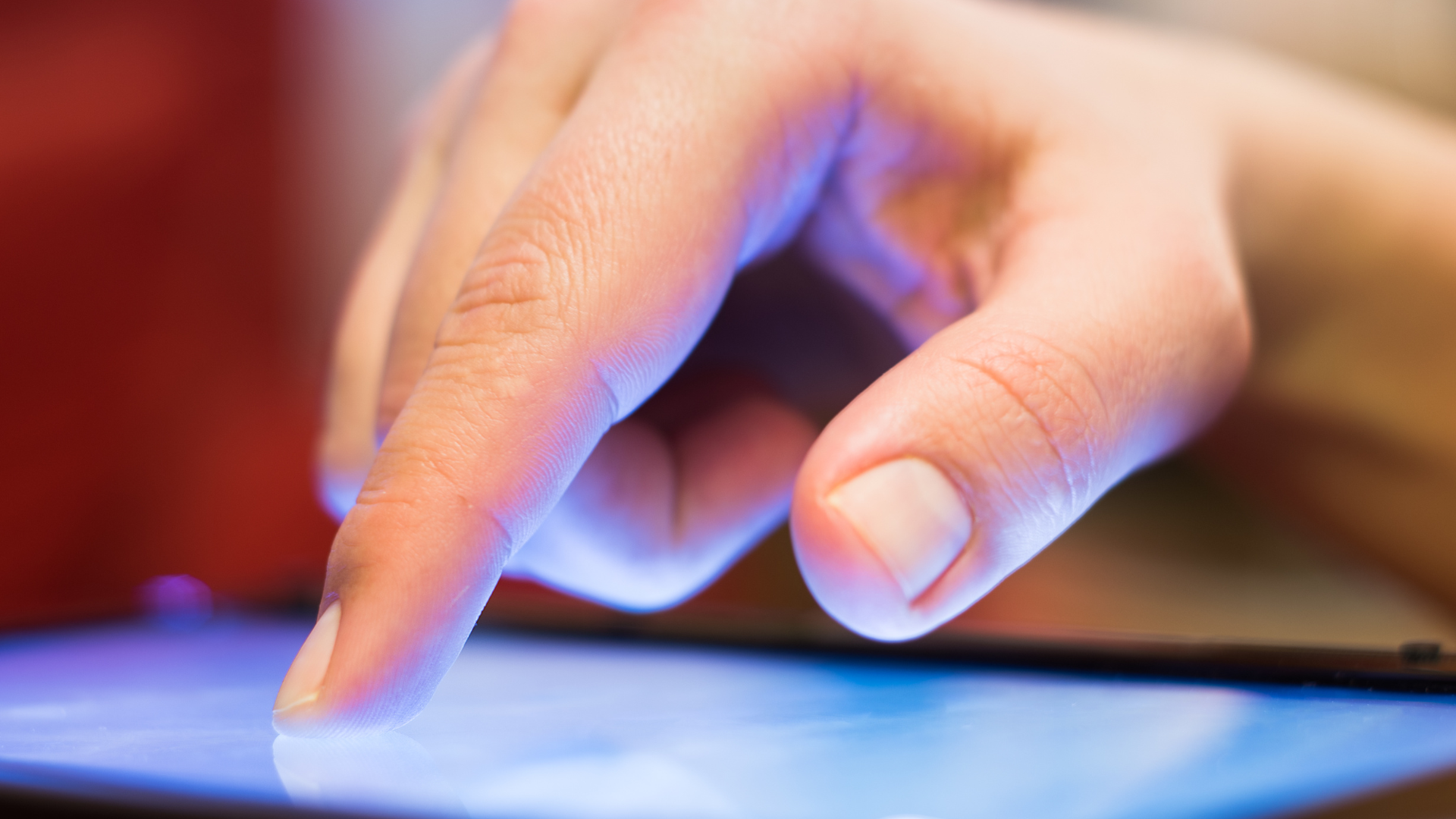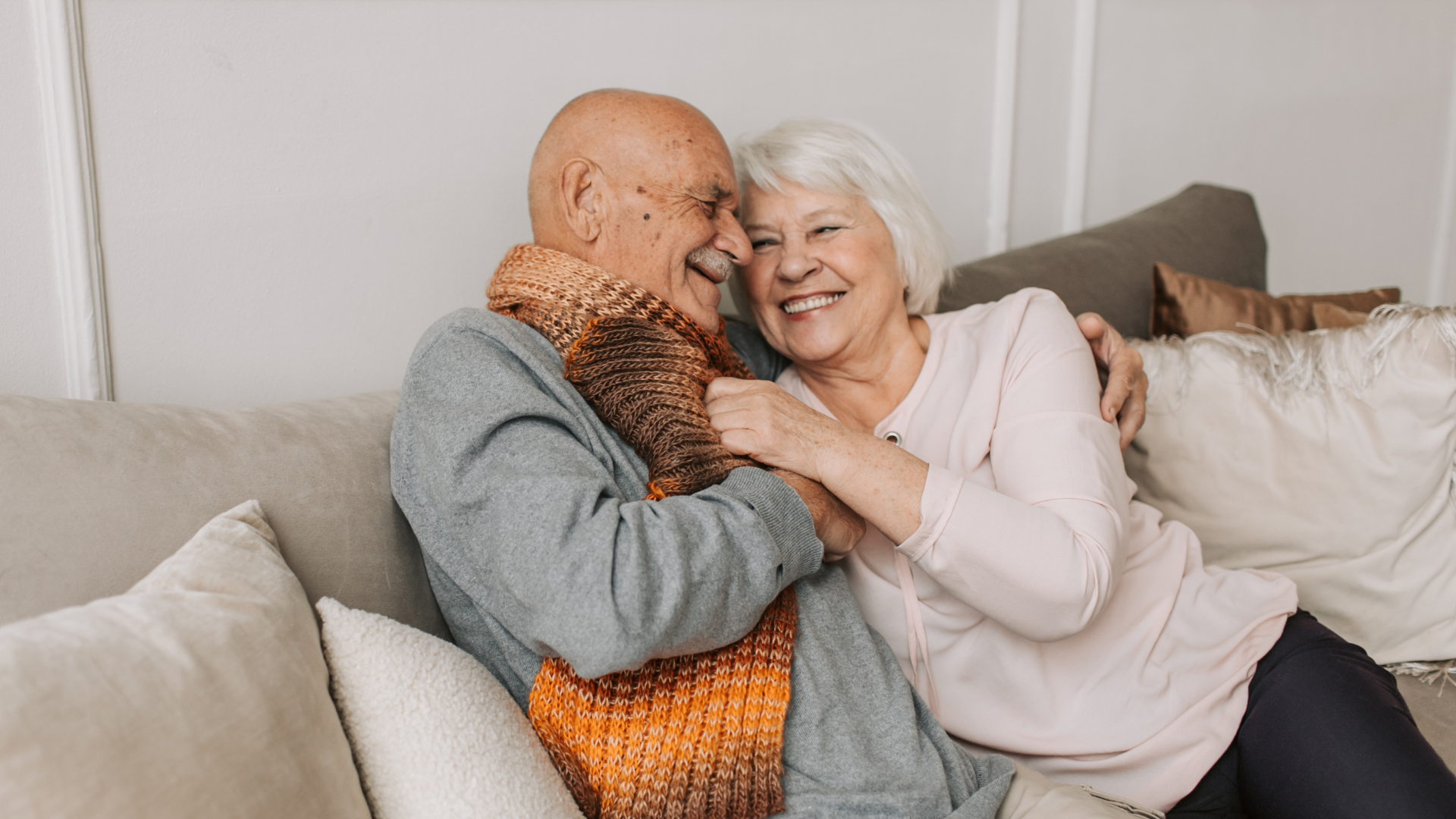
Is AI Creative? Let’s Ask the Machines
In the dim glow of a studio at midnight, an artist stares at a blank canvas, fingers trembling with the thrill of potential. A poet waits for the first line to arrive, like a breeze through a half-open window. And now—just a few feet away—an algorithm hums, ready to generate a sonnet, paint a masterpiece, or compose a symphony. We stand at the threshold of a profound question: Can a machine, void of emotion and experience, truly be creative? Or are we simply witnessing the world’s most advanced mimicry?
Let’s explore what happens when silicon and code attempt to do what we once believed only the human spirit could.
Table of Contents
- The Shifting Definition of Creativity
- When AI Paints: Art Beyond the Algorithm
- Can a Machine Write with Soul?
- The Spark Behind the Circuit: Where Ideas Come From
- Human-AI Collaboration: A New Renaissance?
- FAQs
The Shifting Definition of Creativity
Creativity has always been a slippery concept. Is it the novelty of an idea? Its usefulness? Its beauty? According to psychologist Margaret Boden, there are three types of creativity: combinational (mixing familiar ideas), exploratory(pushing boundaries within a system), and transformational (breaking the system itself).
Surprisingly, artificial intelligence is now capable of all three.
AIs like GPT-4 can blend literary styles, invent new metaphors, and even reimagine scientific theories. The line between programmed behavior and authentic invention becomes increasingly blurred. Creativity, it seems, may no longer be a uniquely human trait—but rather a shared frontier.
When AI Paints: Art Beyond the Algorithm
In 2018, an artwork titled Portrait of Edmond de Belamy, created by a Generative Adversarial Network (GAN), was sold at Christie’s for $432,500. The portrait, ghostly and imperfect, seemed to emerge from a dream—a dream dreamt by code.
AI-generated art doesn’t just mimic human brushstrokes. It challenges form. Consider the DALL·E system, which can generate surreal visuals from text prompts like “an astronaut riding a horse in a futuristic city.” These aren’t mere reproductions; they are visual hallucinations, born from massive datasets and shaped by machine intuition.
But is it creativity—or pattern recognition on steroids?
Can a Machine Write with Soul?
AI has written poems that echo Sylvia Plath, short stories in the tone of Kafka, and speeches worthy of Lincoln. Yet what it lacks is conscious intent. A language model doesn’t “feel” grief or longing—it predicts the next most probable word.
Still, the results can be striking. In 2022, a GPT-3 poem titled The Sunlight on Broken Glass was published in a literary magazine without disclosure. Readers praised its “emotional depth.”
What if creativity isn’t about emotion—but about evoking emotion in others?
The Spark Behind the Circuit: Where Ideas Come From
Humans draw ideas from memory, emotion, trauma, joy. AI draws from data.
But both rely on association. Your brain connects childhood memories with abstract concepts to invent a story. An AI does something similar, combining billions of text fragments to generate a coherent piece.
There is a kind of strange echo in AI creativity—it’s the voice of humanity, filtered through an alien mind.
Insight Box: Creativity, at its core, is recombination. The question is no longer “Can AI be creative?” but rather “Can it be original in a meaningful way?”
Human-AI Collaboration: A New Renaissance?
Perhaps the future of creativity is not AI versus human, but AI alongside human.
Artists now use tools like Runway ML to turn sketches into videos. Writers collaborate with language models to beat writer’s block. Musicians remix AI-generated sounds into new genres.
Instead of fearing replacement, we can embrace augmentation. Just as the camera changed painting—but didn’t kill it—AI might redefine creative expression.
FAQs
1. What is the most famous example of AI-generated art?
One of the most well-known examples is Portrait of Edmond de Belamy, generated by an AI developed by the art collective Obvious. It was auctioned at Christie’s in 2018 for over $400,000 and sparked global debate about authorship and originality.
2. Can AI create something truly original?
It depends on how we define “original.” AI can combine data in new ways, generating outputs that have never existed before. However, it draws from existing human content, which means its originality is derivative—yet potentially powerful.
3. Will AI replace human artists and writers?
AI is unlikely to fully replace human creators. Instead, it will change how we create—offering new tools, perspectives, and forms. The emotional, cultural, and experiential depth of human creativity remains uniquely valuable.


